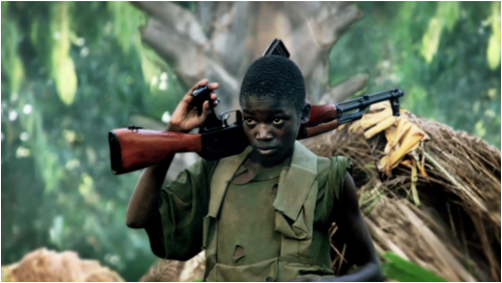
When a video goes viral -- garnering 112 million views in just over a week -- it's worth analyzing what caused the success. So how did Kony 2012 become the most downloaded video in YouTube history? An excellent story and a big marketing budget.
Before we go on, let's note that there has been a flurry of backlash about Invisible Children's financial management. Oh, you didn't know that it takes serious money to create a movie-like video? Viral doesn't mean cheap.
In fact, the reason that this video went viral is because so much strategy and funding went into making sure that it triggered certain reactions for the audience. The movie takes you on an emotional roller-coaster where you wince, shudder, cry, and get goose bumps of inspiration. All this happens on cue because the Invisible Children co-founder, Jason Russell, is a filmmaker by trade.
Translation: he knows how to tell a good story.

At the start of the film, you feel like you're in an IMAX theater or planetarium, reflecting on how small and insignificant you are in our universe. You see scenes of YouTube and Facebook, think about how far we've come since our days as micro-cellular organisms, and feel proud to be living in an era of innovation and the internet.
Then you meet the protagonist of the story, the aforementioned Jason Russell, and his son Gavin, through a series of Instagram pictures. While you might initially think that the first 5 minutes is a waste of footage of a random guy's son playing in a sandbox, this part is crucial.
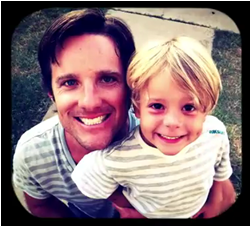
This is where the film begins to create a personal connection with you, the viewer. Jason Russell is a young professional, artist/filmmaker/whatever, a husband, a dad, a hipster, a dreamer. But he seems like someone you might know. And you might even see a little bit of yourself in him. This is exactly why the film dedicates time to building this part of the story -- because it's the personal connection that makes the story feel real in our world.
This is also why the film introduces you to Jacob, the African boy who befriends Jason. In the movie, Jacob represents all the children in Africa who were robbed of hope for a better future, who feel terrorizing fear and loneliness and desperation.
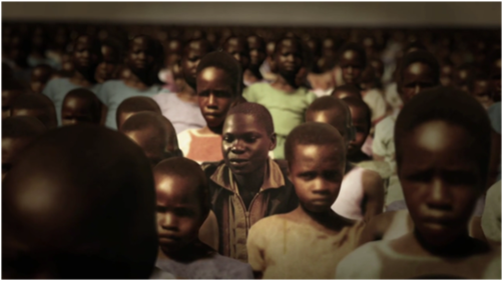
Is this how every child in Uganda feels? Probably not. Is this overly simplified? Yes. But interviewing many different children dilutes the narrative.
By focusing on Jacob, the story gives the audience someone to root for, which makes the overall emotional impact of the message stronger. We feel like we know Jacob, so the story becomes harder to dismiss as far away and irrelevant to our daily lives.
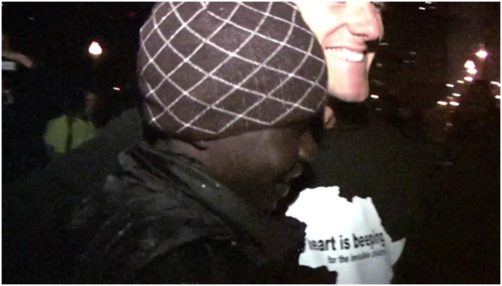
Every story has conflict, and there are a couple bad guys here. This is good because if there's no conflict, there's no villain. No villain, no hero. No hero, no story. Kony is the obvious villain. But if you read between the lines at the frustration that the organizers felt, it presents another type of villain: those who choose to do nothing.
There is a strong "us versus them" storyline in the movie, and the audience is forced to decide which side they are on.
Who are "they"? "They" are the politicians with their hands tied, drowning in bureaucracy, clinging on to the status quo, resting in inertia, scared of risk.
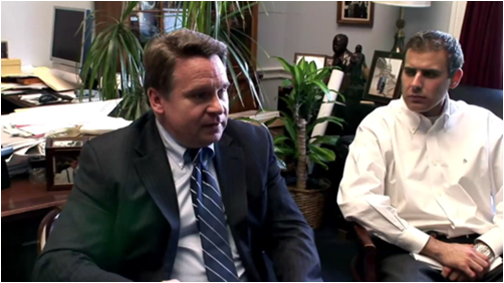
Then you have the other side: the 13-28 year old demographic of millennials that this story is targeting. This community is portrayed as a rising cadre of dreamers who believe in change and possibility, who are passionate renegades with a vision of a better future, who rise to challenges with fearlessness and a glint in their eyes, saying, Bring it on.
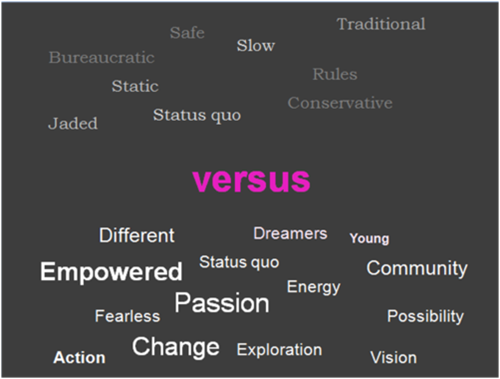
These are people who do what's right even if it's hard. Who don't take no for an answer. Who speak up for those without a voice of their own.
Now, who wouldn't want to identify with this group? Who wouldn't want to be part of a united community with a sense of purpose and justice?
So you choose to side with "the good guys" and become further emotionally entrenched in the story. You keep watching because you care about the characters and the cause and the outcome -- and eventually you share the video with someone else because you want them to care too.
Critics say that the film was overly simplified and too focused on Jason Russell, his son Gavin, and the Gen Y youth that the movie was targeting -- well, it's because the movie did this that the audience of American young adults rose to answer the call to share the video.
And they shared over 100 million times.
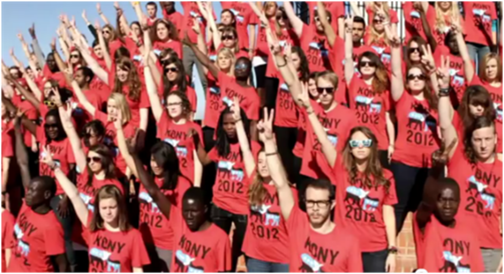
Here's a quote that can be controversial and misunderstood: "Sometimes you have to lie to tell the truth." The truth is that getting rid of Joseph Kony won't magically solve all of Africa's problems. Not everyone in Africa is dancing barefoot all day and the local leaders probably have motives of their own. The political, social, and economic issues are complicated, nuanced, and messy.
But here's a comparison. If the movie Titanic were about the history of a sunken ship, it would be on PBS on a Sunday afternoon. It is precisely because Titanic is a love story that it made $1.8 billion dollars.
So if creating a viral video is what it takes to get a conversation started about African politics and war crimes, then maybe we should thank Invisible Children for succeeding in their mission to make Kony known.
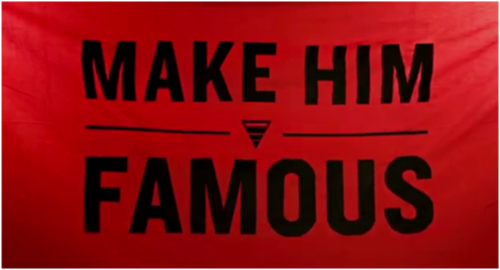
Regardless of whether you agree with Invisible Children's methods, it's important to digest media with a healthy dose of skepticism. There's marketing involved in the non-profit world too, and you can't blame organizations for wanting to sell their cause. It's up to the 100 million people who have watched the video so far to think critically and to ask questions, so that those who tell stories -- about products, brands, or social issues -- are held accountable for creating compelling narratives with a sense of integrity and transparency.